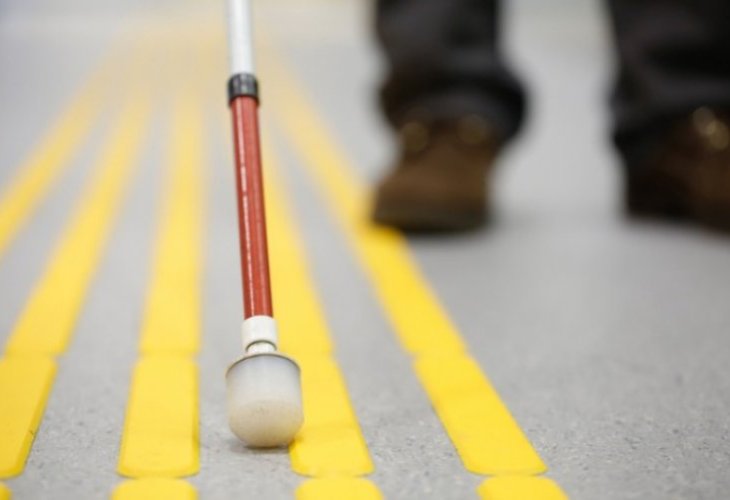The Mystical Prayer That Defeated Saddam
A gateway between the earthly and the divine Jerusalem. Discover how a mystical prayer turned the tide against Saddam Hussein.


Year: 1991. Location: Strauss Street
In the heart of Jerusalem, near Strauss Street in the center of the ultra-Orthodox neighborhoods, lies a small hill with a playground and a large mosque known in Jerusalem tradition as 'Petaḥa Dekarta'.
"According to tradition," says Rabbi Yisrael Gliss, a Jerusalemite, "at Petaḥa Dekarta, the city gate - the Messiah sits and waits to redeem Israel. It's a passage connecting the heavenly Jerusalem with the earthly one, and on this hill, one day, Messiah ben Yosef will appear, heralding the coming of Messiah ben David."
"It's the tallest structure in Jerusalem," Gliss remarks, "from that point, you can see all of Jerusalem. A student of the Gaon of Vilna, author of Marḥeshet Shlomo, describes visiting Jerusalem and this very spot, Petaḥa Dekarta, where redemption will begin."
According to tradition, the first Pharisees in Jerusalem gathered here, disciples of the Vilna Gaon who arrived in the city. In the tents they set up, they studied Kabbalah and the teachings of the Ari."
"During the great siege of Jerusalem in 1948," Gliss recounts, "mystics gathered there to pray for salvation, and the situation remarkably improved thereafter."
"In the Six-Day War, military intelligence sat atop the building due to its elevation, allowing them to survey the entire Old City. From the building's roof, you can see the Beit Vagan neighborhood lying lower."
"Our Arab cousins recognized something special about the site, quickly placing tombs of a certain sheikh and his family there, which since, they have taken responsibility for."
At the site, there's an abandoned mosque the Muslims call 'Mosque of Nabi Auksha' - named after one of Prophet Muhammad's companions believed to be buried there. Another Arabic tradition claims it's the burial site of none other than Moses... This belief prompted the British High Commissioner John Chancellor to name the adjacent street 'Prophets Street'. Nearby, two olive trees stand, estimated to be about 800 years old.
In 1929, Jews set fire to the mosque in response to the 1929 riots. Until 1948, an Arab family lived nearby, maintaining the complex, but they fled during the 1948 War, leaving the structure closed and now serving as a storage area for the Jerusalem Municipality.
On the Fast of Esther, 1991, during the Gulf War, Gliss attests that ten of Jerusalem's greatest kabbalists, led by the renowned Rabbi Yitzchak Kaduri, gathered to pray there. The very next day, the war ceased, a remarkable miracle.

